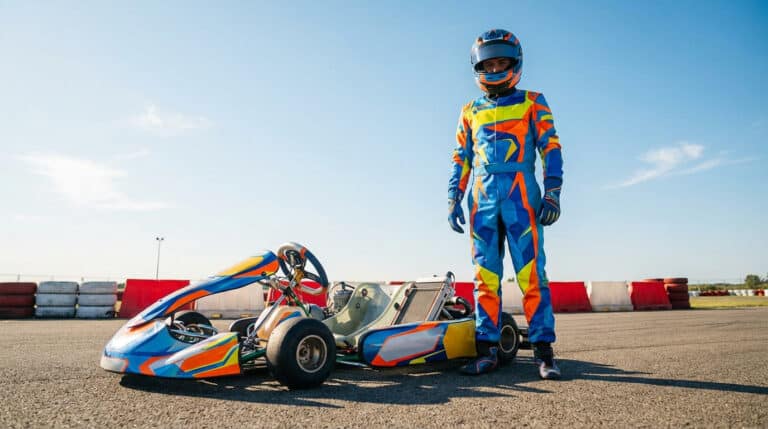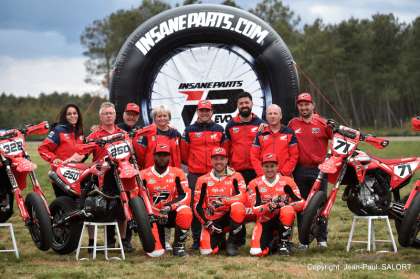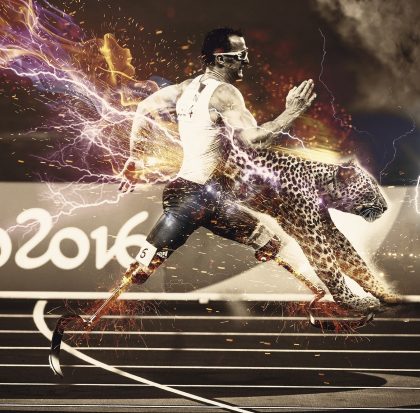Thinking of signing up for a running competition but not sure which running category you’ll compete in? Whether it’s a trail, marathon, cross-country race, or track/road event, categories are based on your birth year and your age on December 31 of the current year.
The French Athletics Federation (FFA) classifies runners into different age groups to ensure fair distribution among participants. This system allows for comparisons between veterans, masters, seniors, and youth runners, regardless of athletic level.
Before stepping onto the starting line, it’s a good idea to understand how running categories are structured—here’s everything you need to know so you don’t get it wrong.
Why do running categories exist?
In running, categories are based on the birth year of each athlete. This helps create homogeneous age groups, ensuring fairness in competition. A junior runner doesn’t race against a 55-year-old master. The running category becomes an essential reference for structuring results, assigning bib numbers, and organizing official races.
Athletics clubs, the French Athletics Federation, and organizers of road races, trail events, cross-country runs, and track meets all rely on these classifications to register athletes, manage runners, and group participants by age brackets. This standardized system ensures clear interpretation of results, no matter the level or distance.
What are the official categories in France?
In France, the Fédération Française d’Athlétisme (FFA) defines categories based on the age you reach in the calendar year. This means your running category is determined by your birth year, not your exact age on race day.
Here are the main age categories used in athletics, road racing, cross-country, trail, and long-distance events:
- Cadets / Cadettes: 16–17 years old
- Juniors: 18–19 years old
- Espoirs: 20 to 22 years old
- Seniors: 23 to 34 years old
- Masters (formerly “veterans”): from 35 years old, in 5-year brackets (M35, M40, M45…)
Example: a runner born in 1984 will compete in the M40 category if running in 2025.
Some trail, long-distance, or sprint events may use their own internal classifications, but they often stick to these same age brackets to stay aligned with standard athletic rules.
What do you need to register in your category?
For official competitions or those affiliated with a regional committee, you’ll often need a FFA license or a medical certificate stating you’re fit to run in a competition.
Online registration platforms usually ask you to:
- Choose your category based on your birth year
- Provide medical clearance
- Select your race distance (5K, 10K, half-marathon, etc.)
- Confirm your running experience or level
Some events also allow non-ranked leisure participation, but you’ll still be assigned an age category for organizational purposes.
Categories and distances: how to train?
Each age group comes with its own physical capabilities. Younger athletes may excel in fast distances (800m, 1500m, relays), while masters often lean toward endurance formats like long-distance or trail.
Here are some training tips based on age profiles:
- Young runners: focus on speed, stride mechanics, and coordination
- Seniors: balance endurance and targeted training toward race goals
- Masters: adjust volume to recovery needs, favor endurance, and listen to your body
In all cases, it’s important to train gradually, follow a plan suited to your physical condition, and mix terrains (track, road, cross-country, etc.).
And what about safety?
Running a race—regardless of level or category—means engaging your body. Injuries, discomfort, or accidents can always happen, even in well-structured clubs or as an amateur.
That’s why it’s strongly advised to take out insurance tailored to running. Whether you’re a regular runner or just entering a local race, being covered in case of injury or health issue during the event is essential to enjoy the experience with peace of mind.






